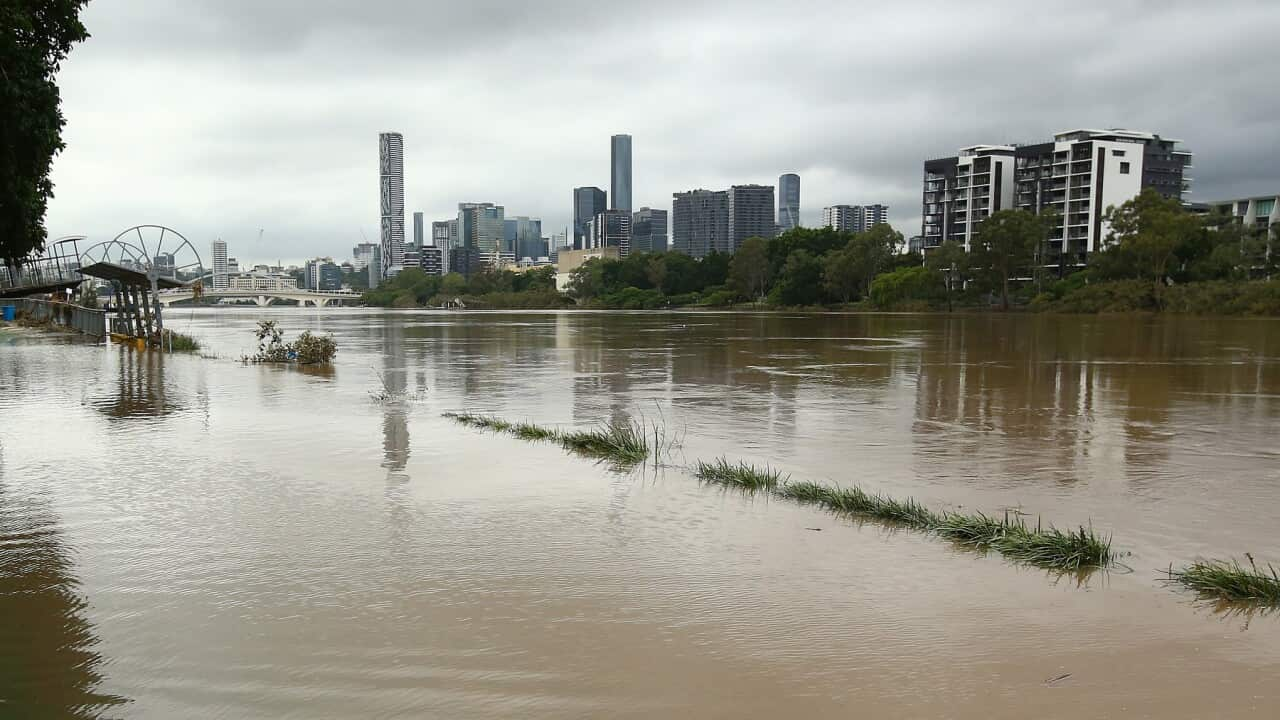Italian
Secondo gli esperti del clima, le alluvioni record nella costa settentrionale d’Australia sono state sovralimentate da una combinazione di cambiamento climatico e della perturbazione La Niña.
UPSOT - FLOODING
Mentre l’attuale andamento de La Niña inizierà presto ad affievolirsi, ricercatori come il professor Will Steffen avvisano che le condizioni saranno ancora più intense quando farà ritorno in futuro.
“We still have the weather patterns that we used to, but now they're on steroids. And both ends of them are on steroids, and that's what climate change is doing - it's supercharging the atmosphere and the entire climate system. Basically what that means is, there is a lot more water vapour in the atmosphere, and that simply stacks the odds that when it does rain, rainfall is going to be more severe, which means heavier downfalls.”
Gli eventi collegati a La Niña si susseguono in un arco di tempo che va approssimativamente dai tre ai sette anni, portando condizioni più umide del solito nell’Australia settentrionale.
Nel momento in cui il clima si riscalderà nel futuro, e ulteriore condensa verrà immagazzinata nell’atmosfera, il modello climatico de La Niña diventerà sempre più severo.
Lo scienziato climatico Matt England sostiene che ciò giocherà a sfavore delle comunità in aree soggette a inondazioni.
“What we see in the projections is there will be more impactful events. Climate change is stacking the odds of worse flooding rain events, and this is what we've been seeing in the last couple decades.”
Mentre La Niña flagella l’Australia, lo stesso modello climatico risucchia umidità da altre regioni.
In America del Sud, una severa siccità che ha devastato le piantagioni di soia del Brasile è stata peggiorata da La Niña.
La carenza di cibo in Paesi dell’Africa settentrionale come il Kenya e l’Etiopia è in parte causata da La Niña.
“People get this confused all the time, they say we've always had these weather cycles, we've had La Niña or El Niño cycles for thousands upon thousands of years, but they're becoming more impactful. We're turning them into, you know, events on overdrive, that have a much bigger cost than if we weren't tampering with the climate system.”
Il Dipartimento di Meteorologia ha reso noto che l’attuale perturbazione causata da La Niña ha già superato il suo picco, ma ha avvisato che continuerà ad aver un impatto sui sistemi meterologici globali mentre perde forza durante l’autunno.
English
The record floods on Australia's eastern seaboard have been supercharged by a combination of climate change and the La Niña weather system, according to climate experts.
UPSOT - FLOODING
While the current La Niña pattern will soon start to fizzle out, researchers such as Professor Will Steffen warn that conditions will be more intense when it returns in the future.
“We still have the weather patterns that we used to, but now they're on steroids. And both ends of them are on steroids, and that's what climate change is doing - it's supercharging the atmosphere and the entire climate system. Basically what that means is, there is a lot more water vapour in the atmosphere, and that simply stacks the odds that when it does rain, rainfall is going to be more severe, which means heavier downfalls.”
La Niña events happen roughly every three to seven years, bringing wetter-than-normal conditions to eastern Australia.
As the climate warms in the future, and more moisture is stored in the atmosphere, La Niña weather patterns will become increasingly severe.
Climate scientist Dr Matt England says this will stack the odds against communities in flood-prone areas.
“What we see in the projections is there will be more impactful events. Climate change is stacking the odds of worse flooding rain events, and this is what we've been seeing in the last couple decades.”
As La Niña batters Australia, the same weather pattern is also sucking moisture away from other regions.
In South America, a severe drought that has devastated Brazil's soybean crop has been worsened by La Niña.
Food shortages in eastern African countries such as Kenya and Ethiopia are also partly La Niña driven.
“People get this confused all the time, they say we've always had these weather cycles, we've had La Niña or El Niño cycles for thousands upon thousands of years, but they're becoming more impactful. We're turning them into, you know, events on overdrive, that have a much bigger cost than if we weren't tampering with the climate system.”
The Bureau of Meteorology says the current La Niña system is already past its peak, but warns that it will continue to impact global weather patterns as it weakens through Autumn.
Report by Steve Trask




